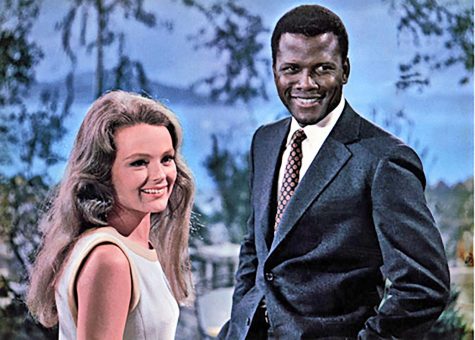Alice leaves some moviegoers wondering
Tim Burton’s “Alice in Wonderland” is not based on the books, “Alice’s Adventures in Wonderland” and “Through the Looking-Glass, and What Alice Found There,” by Lewis Carroll. The film is actually a loose interpretation of Carroll’s poem, “The Jabberwocky,” with Wonderland characters making cameo appearances.
Making sense of the Jabberwocky poem is a difficult task, so the film’s attempt is a noble one. Unfortunately, it fails. The artistic liberties taken by the filmmakers and constant hints of meaning will leave true Carroll fans yearning for the nonsensical but innocent rhymes of the original poem.
This point cannot be stressed enough: The pure innocence and lack of regard for creating “meaning” made Carroll’s works great. One could finish “Adventures in Wonderland” and “Through the Looking-Glass” without the slightest idea of what it all meant. He had taken us on a wild, imaginative journey, and that was all that mattered.
“Alice in Wonderland” abandons innocence almost immediately. As Alice runs down the rabbit hole to escape a marriage proposal, viewers realize that the innocence of Carroll’s Alice is gone; instead, we are given an awkward half-adult trying to find her place in the world. A world of fantastic wonder becomes the vehicle for some sort of ill-expressed coming-of-age tale. And as Alice’s breasts try harder and harder to escape the confines of her ever-loosening clothing throughout the film, viewers may start to miss the Alice from 1951. At least she could keep her knickers on.
Another critical flaw in the film is its deterministic nature. At the beginning, all of Alice’s exploits are divulged by a fortune-telling scroll. The place is supposed to be Wonderland, but you lose all wonder when a magic scroll tells you the plot of the next hour and a half.
The film tries to push meaning on viewers. It’s as if the filmmakers set out to make a film about feminism, female autonomy and defying gender roles, but they realized halfway through that trying to inject their own meanings into Carroll’s epic would be like burning a pile of his books. To atone for their transgressions, they tried their best to be “subtle,” intending to give the slightest, cleverest hints at meaning. Unfortunately, they aren’t particularly good at subtlety or cleverness, making the film a jumbled mess of obscurity and confusion unworthy of bearing the same title as Carroll’s original work.
Despite its many shortcomings, the film is visually attractive. Perhaps the colors will be enough to distract audiences from the wrongness at the heart of the film.





